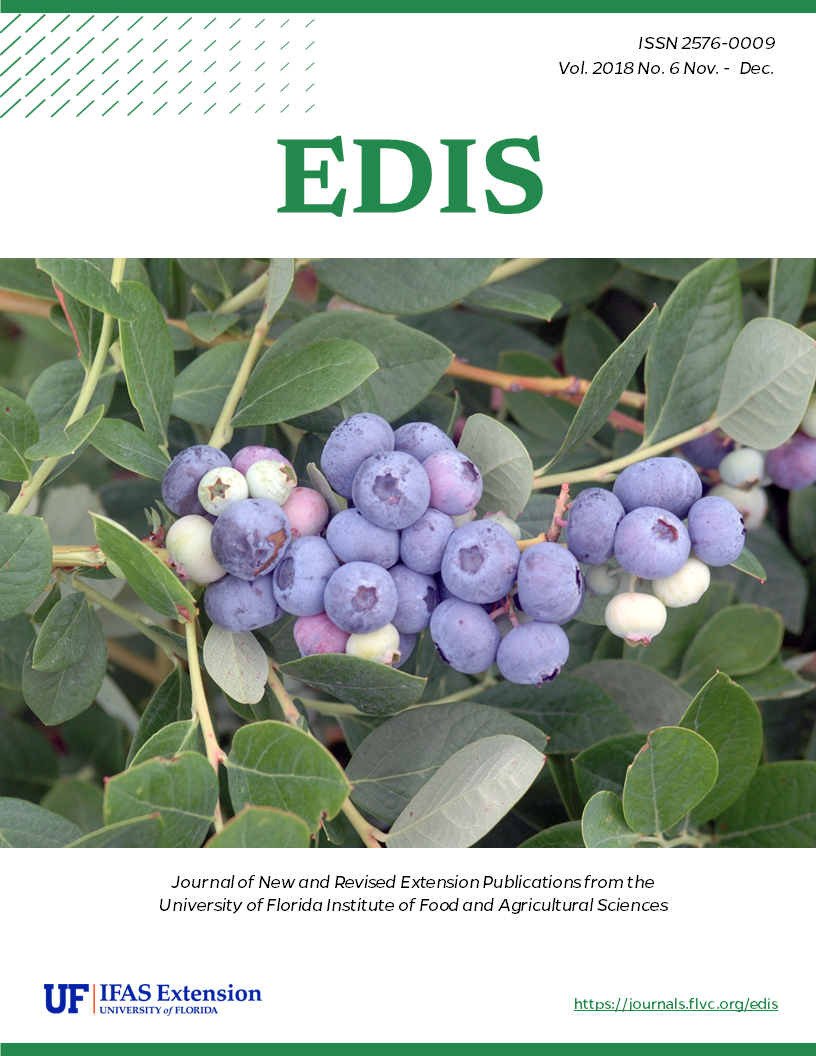Abstract
Snap bean is an important vegetable crop in Florida. It is produced in all regions of the state. Bush snap beans dominate commercial plantings, but pole beans are also produced, primarily in Miami-Dade County. Midwinter bean production, the most profitable for Florida, is centered in the Homestead, southwest Florida, and Belle Glade areas.
Based on the 2012 US Census of Agriculture (NASS, USDA), snap bean is an economically important vegetable crop in Florida with a total of 33,338 acres harvested in 2012. Miami-Dade County ranked second in snap bean production in the United States with a total of 11,126 acres. Because of Florida's warm and wet weather, many diseases affect snap beans. Disease management is an important component in successful snap bean farming. Despite vigorous control efforts, substantial losses in yield and quality can still occur. This publication suggests a sequential disease control program for snap beans in Florida. Postharvest disease problems are addressed only to the extent that they are affected by field practices. The application of the following sequential control program should minimize yield losses for the majority of plantings.
This revision is by Shouan Zhang, Nicholas Dufault, Mathews Paret, Pamela Roberts, Guodong Liu, and Qingren Wang.

